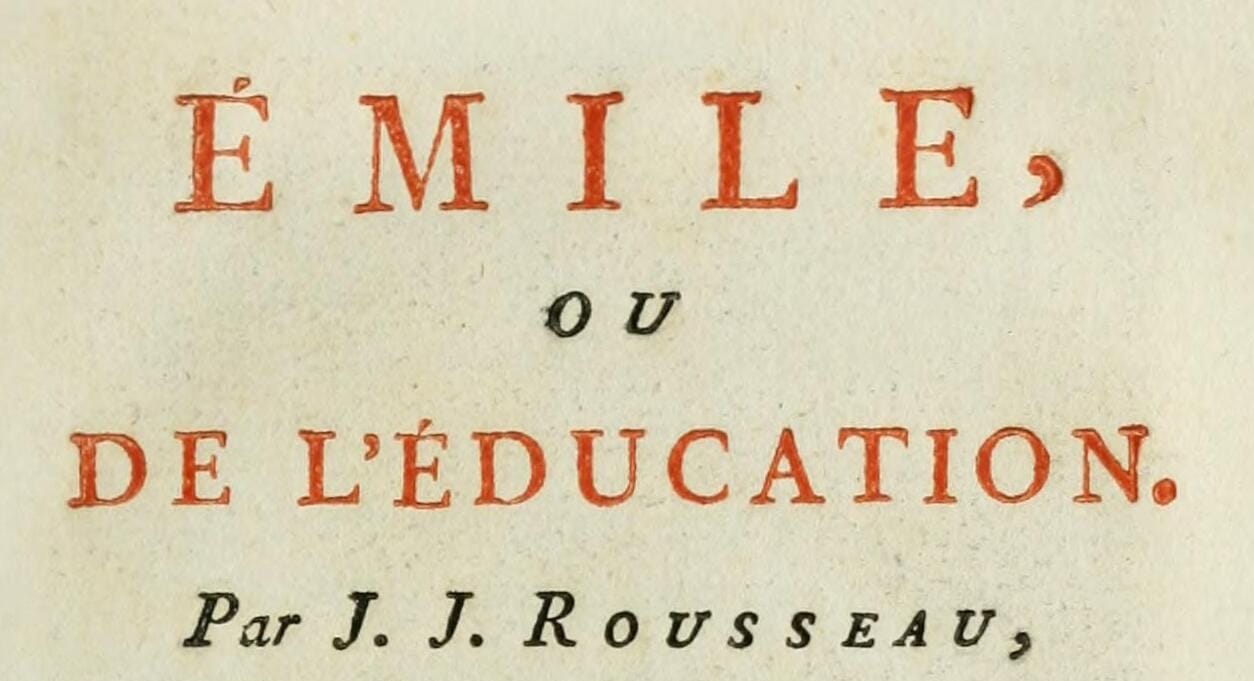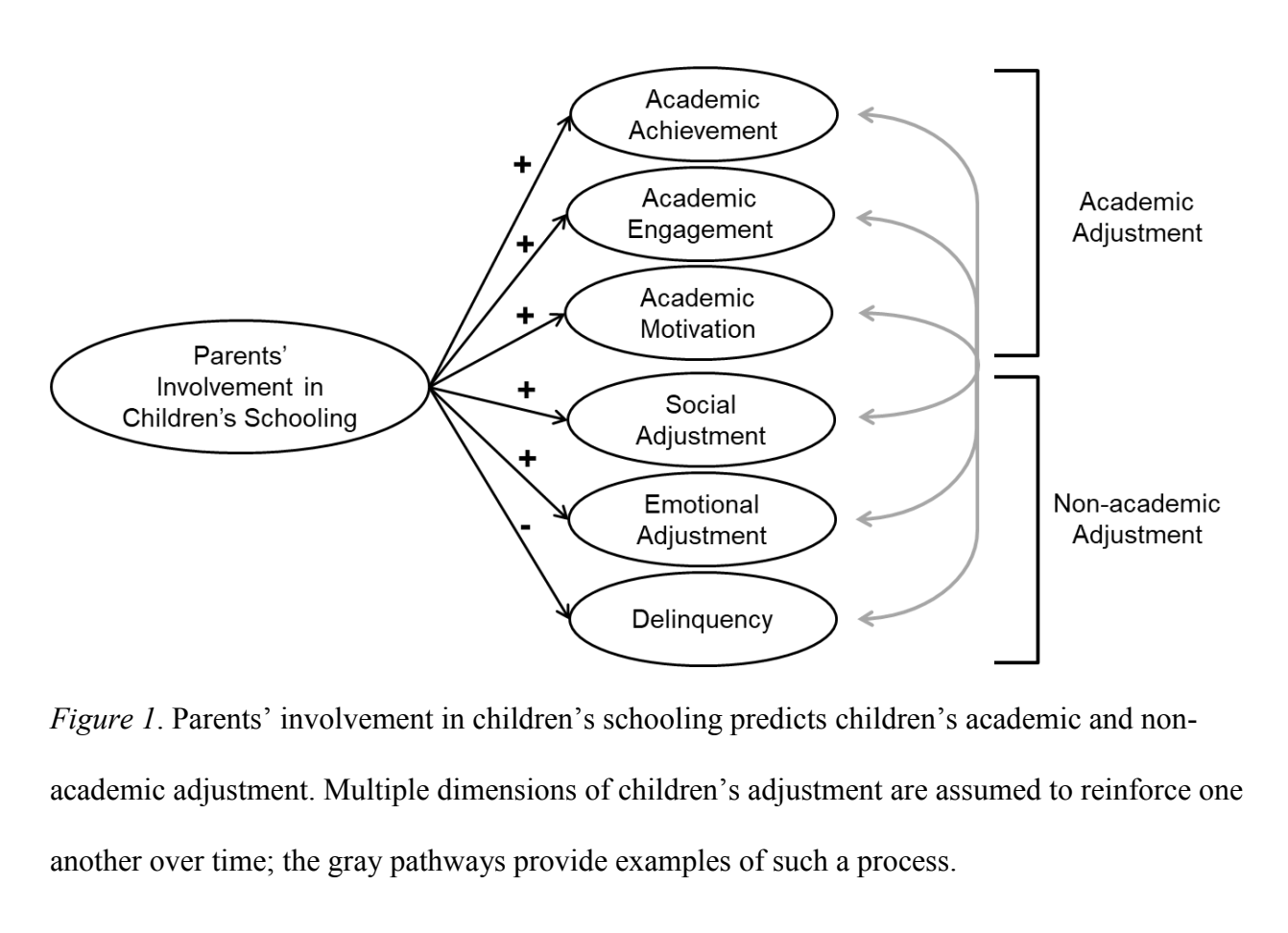The 20-Minute Classroom: How Everyday Conversations Build a Child’s Future
Discover how everyday conversations shape a child’s future. Learn how simple, engaging discussions foster curiosity, confidence, and lifelong learning.

Morning Conversation with My First-Grader Son
As we stepped outside into the crisp morning air, my son’s hand warm in mine, he looked up and asked,
“Dada, what if we could run a hundred times faster?”
My six-year-old’s voice was full of excitement as we stepped out of the house. Our daily walk to school was more than just a commute—it was twenty minutes of uninterrupted time together, where curiosity often took center stage.
I grinned. “Let’s figure it out.”
He looked up, intrigued.
“How long does it take us to walk to school?” I asked.
He thought for a moment. “I don’t know.”
“Well, we leave home at exactly 7:50 a.m. every morning,” I said, “and we get to school at 8:10. So, how many minutes is that?”
A beat passed. His mind worked through the problem, and then his face lit up. “Twenty minutes!”
I nodded. “Good. Now, imagine if we were running a hundred times faster. That means we’d take just one-hundredth of the time. So, what’s twenty minutes divided by a hundred?”
His confident expression wavered. The numbers had suddenly grown too big, too abstract.
I decided to scale it down. “Okay, let’s break it up. What’s twenty divided by two?”
“Ten.”
“What about twenty divided by ten?”
“Two!”
He was getting it. I pushed a little further. “How about twenty divided by twenty?”
“One.”
“How about twenty divided by thirty?”
“Zero.”
Now for the leap. “So, what about twenty divided by a hundred?”
He tilted his head, unsure. “Also zero."
"So, it would take zero minutes."
"Hmm...what about seconds?”
Using Everyday Activities to Teach Math & Problem-Solving
I smiled. “Good thinking! Let’s figure it out in seconds. How many seconds are in twenty minutes?”
He hesitated. “I don’t know.”
“Well, how many seconds are in one minute?”
“Sixty.”
“So, two minutes?”
“One hundred and twenty.”
“Great! Now, how about twenty minutes?”
He took a second. “Um…twelve hundred?”
“Exactly! So now we take 1,200 seconds and divide by 100.”
He hesitated, then I guided him through it. “It’s twelve seconds,” we arrived to the answer.
“Twelve seconds to school?” he echoed, incredulous.
“Yep! If we could run a hundred times faster, we’d be there in just twelve seconds.”
I looked at him, then grinned. “Let’s run!”
We took off down the sidewalk, counting aloud—one, two, three—all the way to twelve. We stopped, our breaths were white in the air.
“Are we there yet?” I asked.
My son shook his head, laughing. “No way!”
“Well, I guess we weren’t running that fast.”
He was still thinking. “What about twenty seconds?”
A perfect chance for another problem. “That would mean we were running how many times faster than normal?”
He thought for a moment. I helped him along, guiding him through the math. “Sixty times faster,” he finally said, his voice triumphant.
That seemed more reasonable to him. So, we tried again—running, counting to twenty. Again, we stopped. Again, we weren’t there yet.
“What about thirty seconds?” he asked next.
We worked it out as we walked, figuring that thirty seconds meant we were running forty times faster than usual. And then, before we even finished the thought, we were at the school gate. I checked my watch. 8:07 a.m.
“Hey, look at that,” I said. “We actually got here three minutes faster today.”
“Three minutes?” He asked.
“Yep. That’s fifteen percent faster than usual.”
He blinked, struggling to grasp the concept of percentage. But whether or not he fully understood, I knew the thought process itself mattered. These small conversations—woven into our everyday routine—are shaping the way he thinks about the world.
My son disappeared into the classroom to start his day with his classmates and teacher.
The Science Behind Everyday Conversations
This kind of playful problem-solving may seem small, but research suggests it has a lasting impact on children’s development. A 2019 meta-analysis by Michael M. Barger and colleagues, published in the Journal of Educational Psychology, synthesized findings from 448 independent studies on parental involvement. The study found that when parents engage with their children in their education—whether through school-related discussions, problem-solving exercises, or simply showing an interest in their learning—students exhibit higher academic achievement, increased motivation, and greater engagement in school.
These informal discussions do more than reinforce academic skills. They help shape a child’s overall development. The study also found that consistent engagement from parents supports children’s social and emotional adjustment, helping them develop confidence, resilience, and a sense of agency in their learning journey. These factors are just as critical as cognitive skills when transitioning into adulthood.

One particularly interesting insight from the study is that the effectiveness of parental involvement depends on a child’s developmental stage. For younger children, interactive and playful learning—like our morning math conversations—can be highly beneficial. But as children grow older, their needs evolve. Research suggests that involvement in homework can sometimes be counterproductive if it feels controlling or intrusive. Instead, parents should create an environment where children feel encouraged to tackle problems independently.
As a parent of two elementary school children, I see this shift happening. While we encourage our kids to complete their homework on time to build good habits, we also try to give them the space to tackle problems independently. As they grow, our role as parents will change—from active guidance to supportive oversight—allowing them to develop self-motivation and problem-solving skills on their own terms.
This is why intentional, well-thought conversations at home matter. They don’t just prepare children academically—they equip them with the skills to navigate the world with curiosity, confidence, and resilience. And as I see my son’s excitement when he tackles a new idea, I realize that learning isn’t confined to the classroom—it’s enriched by what happens beyond it. The concepts introduced in school take root and grow when they connect to everyday experiences, turning abstract knowledge into something real and lasting.
How Thoughtful Questions Unlock Deeper Learning
The value of thought-provoking questions has long been recognized. Jean-Jacques Rousseau, in "Émile, or On Education," illustrates this through a powerful example of a father guiding his son’s learning. He warns against excessive, tedious questioning that makes children disengage, advocating instead for meaningful, thought-provoking challenges suited to a child’s level of understanding. One such example, drawn from an anecdote he shares, beautifully mirrors the kind of learning experience I strive to create for my own children:

Too many questions are tedious and revolting to most of us and especially to children. After a few minutes their attention flags, they cease to listen to your everlasting questions and reply at random. This way of testing them is pedantic and useless; a chance word will often show their sense and intelligence better than much talking, but take care that the answer is neither a matter of chance nor yet learnt by heart. A man must needs have a good judgment if he is to estimate the judgment of a child.
I heard the late Lord Hyde tell the following story about one of his friends. He had returned from Italy after a three years’ absence, and was anxious to test the progress of his son, a child of nine or ten. One evening he took a walk with the child and his tutor across a level space where the schoolboys were flying their kites. As they went, the father said to his son, ‘Where is the kite that casts this shadow?’ Without hesitating and without glancing upwards the child replied, ‘Over the high road.’ ‘And indeed,’ said Lord Hyde, ‘the high road was between us and the sun.’ At these words, the father kissed his child, and having finished his examination he departed. The next day he sent the tutor the papers settling an annuity on him in addition to his salary.
What a father! and what a promising child! The question is exactly adapted to the child’s age, the answer is perfectly simple; but see what precision it implies in the child’s judgment. Thus did the pupil of Aristotle master the famous steed which no squire had ever been able to tame.
Much like the father in Rousseau’s story, my own goal is not just to ensure my children memorize facts, but to help them see the world as a playground for thought. Whether through estimating speeds, tracking shadows, or making sense of abstract numbers, these daily conversations are about more than just learning—they are about building judgment, confidence, and curiosity.
Transforming Everyday Moments into Lifelong Lessons
The passage from Émile resonates with me because, as a young learner, I often struggled with mathematical concepts. I could follow drills and practice problems, but I didn’t see the point. Equations, geometric proofs, and formulas felt disconnected from the world around me. It wasn’t until much later—when I worked on building computer simulations in college—that I finally saw the importance of those abstract ideas. Suddenly, geometry, physics, and mathematical models weren’t just academic exercises; they were the foundations of real-world problem-solving. And in that moment, I wished that someone had guided me earlier, showing me how these abstract concepts connected to everyday life.
That is what I hope to do for my own children. Through simple, playful conversations, I want to illuminate those connections early—not just through textbooks or drills, but through the world they already experience. Because in the end, the most valuable lessons don’t come from worksheets or tests; they come from curiosity, discovery, and the small moments we share along the way. My hope is that through these conversations, my children will see the world not as a collection of school subjects, but as a place where learning is alive in every step they take.
✉️ This is a post from my "𝐈𝐧𝐭𝐫𝐨𝐬𝐩𝐞𝐜𝐭𝐞𝐝 - 𝐑𝐞𝐟𝐥𝐞𝐜𝐭𝐢𝐨𝐧𝐬 𝐨𝐧 𝐓𝐞𝐜𝐡𝐧𝐨𝐥𝐨𝐠𝐲’𝐬 𝐈𝐦𝐩𝐚𝐜𝐭 𝐨𝐧 𝐃𝐚𝐢𝐥𝐲 𝐋𝐢𝐯𝐞𝐬" newsletter in 2025. I will deliver thought-provoking topics to your inbox.